There's a lot of buzz over which Native American tribe has the biggest population, but do you know the biggest tribe in every U.S state?
Before European colonization, there were twice as many, if not more, Native people living in North America compared to today’s population of about 6.79 million. As we all know, after 1492, the Native population declined significantly. Roughly 90 percent of the population was wiped out before 1600 due to diseases brought into the continent by colonizers, constant war, forced displacement, and outright murder. Eventually, things settled, and the indigenous population recovered, to some extent.
According to the U.S. Census Bureau, indigenous people make up about 2.9% of the U.S. population, encompassing 574 federally recognized tribes.
A few fun facts for you:
- The tribe with the largest landmass in America is the Navajo Nation, which also has the largest tribal population.
- The Cherokee tribe has the largest Native population in 22 states and is the second-largest tribe in America.
- The smallest tribe in America is the Augustine Band of Cahuilla Indians in California.
- Alaska, Oklahoma, and New Mexico have the top three highest Native populations per capita.
Take a look through this comprehensive list of the biggest Native American tribe in each U.S. state. It is interesting to see the Native-to-general population ratio and which tribe dominates in each state. Some states you may have expected, but others may surprise you.
Alternatively, if you're curious, check out our posts on the biggest Native American tribes overall and the 10 U.S. states with the biggest Native American populations.
Without further ado, here is the biggest Native American tribe in every U.S. state.
(Note: the following numbers are estimations based on the most current data available to the public.)
Biggest Native American Tribe In Every U.S. State
Alabama
State population: 4,903,185
Biggest tribe: Cherokee
Cherokee population: 9,035
In Alabama, there is not one but four state-recognized Cherokee groups. These include the Echota Cherokee Tribe of Alabama, the United Cherokee Ani-Yun-Wiya Nation, the Cherokee Tribe of Northeast Alabama, and the Cher-O-Creek Intratribal Indians, Inc.
Alaska
State population: 731,545
Biggest tribe: Yup'ik
Yup'ik population: 34,675
Alaska has the highest number of indigenous people per capita. The state’s population is under one million people, and the most prominent tribe (Yup’ik) has almost 35,000 members. According to Indian Affairs, “More than 180,000 tribal members make up the 229 federally recognized tribes under the jurisdiction of the Alaska Regional Office.”
Arizona
State population: 7,278,717
Biggest tribe: Navajo
Navajo population: 152,261
Almost all tribal members of the Navajo Nation live in the Southwest, which includes Arizona. Their land is a bucket-list item for many travelers, as it has historical and natural significance and beauty.
Arkansas
State population: 3,017,804
Biggest tribe: Cherokee
Cherokee population: 8,449
Did you know that “the founding of Fort Smith primarily arose as a way for the government to manage attacks on the Cherokees by the Osages?” Arkansas has multiple tribes living on its beautiful land, and the Cherokee tribe is the largest.
California
State population: 39,512,223
Biggest tribe: Cherokee
Cherokee population: 22,124
California has the second-largest population of Cherokee people after Oklahoma.
Colorado
State population: 5,758,736
Biggest tribe: Navajo
Navajo population: 8,320
According to the Ten Tribes Partnership, “The Navajo ancestral lands are located within and near the four sacred Mountains of Blanca Peak in Colorado, Mt. Taylor in New Mexico, San Francisco Peaks in Arizona, and Hesperus Peak in Colorado as illustrated in the Navajo Nation flag.”
Connecticut
State population: 3,565,287
Biggest tribe: Mashantucket Pequot Tribe
Mashantucket Pequot Tribe population: 1,086
Connecticut has five state-recognized tribes, and the Mashantucket Pequot Tribe is the largest. Connecticut is a relatively small state with a small Indigenous population.
Delaware
State population: 973,764
Biggest tribe: Cherokee
Cherokee population: 688
The Cherokee population in Delaware may seem tiny…but the state itself is only 96 miles long!
Florida
State population: 21,477,737
Biggest tribe: Seminole
Seminole population: 4,000
The state’s largest tribe is why Florida State’s team name is the Seminoles. While the team’s name has been under scrutiny in the media, the Seminole tribe stands behind it.
Georgia
State population: 10,617,423
Biggest tribe: Muscogee Creek
Muscogee Creek population: 2,800
While many of Georgia’s Native people were Cherokee, they were driven out of the state during the Trail of Tears. Currently, the largest tribe in Georgia is Muscogee Creek. According to the 2020 U.S. Census, only .3% of the population in Georgia identify as American Indian or Alaskan Native.
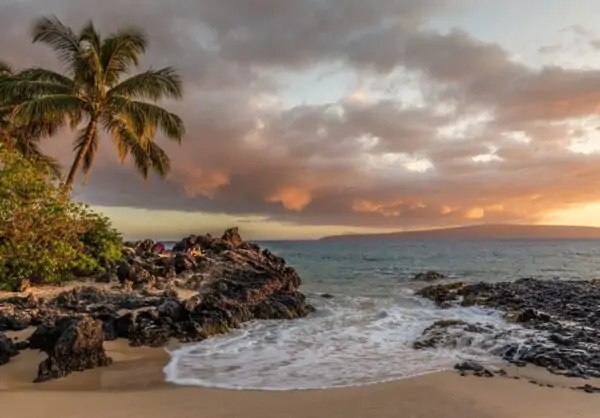
Hawaii
State population: 1,415,872
Biggest tribe: Native Hawaiians
Native Hawaiians: 142,997
Though Native Hawaiians are neither a tribe nor Native Americans, they are the biggest indigenous group on the islands. The traditional name of the Hawaiian people is Kānaka Maoli. The original Hawaiians aren’t split up into tribes; they are simply called the Indigenous Polynesian people of the Hawaiian Islands.
Idaho
State population: 1,787,065
Biggest tribe: Nez Perce
Nez Perce population: 3,500
The Nez Perce Tribe's reservation has the largest population and land area. It is a federally recognized tribe in the northern part of central Idaho.
Illinois
State population: 12,671,821
Biggest tribe: N/A
Chicago has over 175 tribes representing the city, which rests on ancestral land. However, it's unclear which one is the most prevalent.
Indiana
State population: 6,732,219
Biggest tribe: Pokagon Band of Potawatomi
Pokagon Band of Potawatomi population: 5,000
Only two federally recognized tribes have land in Indiana: the Pokagon Band of Potawatomi and the Miami Tribe of Oklahoma. However, there are still thousands of individuals who live in Indiana from federally recognized tribes.
Iowa
State population: 3,155,070
Biggest tribe: Sioux
Sioux population: 2,500
The estimated number of Native Americans and Alaska Natives that live in Iowa as of 2019 is 17,060. The Sioux tribe makes up about 14.6% of the Native population in Iowa, with the largest group categorized as “Other Native American Tribes.”
Kansas
State population: 2,913,314
Biggest tribe: Prairie Band of Potawatomi Nation population
Prairie Band of Potawatomi Nation population: 1,760
Kansas is home to four Native American reservations: Iowa, Kickapoo, Prairie Band of Potawatomi Nation, and Sac and Fox.
Kentucky
State population: 4,467,673
Biggest tribe: Cherokee
Cherokee population: 3,198
Kentucky comprises Shawnee, Cherokee, Chickasaw, and Osage land, yet the state does not have many Native Americans living there.
Louisiana
State population: 4,648,794
Biggest tribe: United Houma Nation
United Houma Nation population: 17,000
The United Houma Nation is a state-recognized tribe whose members span six parishes. They have not given up the fight to become a federally recognized tribe.
Maine
State population: 1,344,212
Biggest tribe: Wabanaki
Wabanaki population: 9,000
There are four primary Indian tribes in Maine: the Maliseet, Micmac, Penobscot, and Passamaquoddy. Together, they are known as the Wabanaki, “People of the Dawnland.”
Maryland
State population: 6,045,680
Biggest tribe: N/A
More than 120,000 individuals identify as American Indian in Maryland, according to the 2020 census. There are three federally recognized tribes in Maryland: the Accohannock Indian Tribe, Piscataway Conoy Tribe, and Piscataway Indian Nation.
Massachusetts
State population: 6,892,503
Biggest tribe: Mashpee Wampanoag
Mashpee Wampanoag population: 2,940
The Mashpee Wampanoag and Aquinnah Wampanoag tribes mainly inhabit Massachusetts. The Wampanoag Tribe of Gay Head (Aquinnah) lives in Martha's Vineyard. A December article in the Washington Post celebrates the Mashpee Wampanoag tribe winning their ancestral home back.
Michigan
State population: 9,986,857
Biggest tribe: Sault Tribe of Chippewa Indians
Sault Tribe of Chippewa Indians: 44,000
The Sault Tribe of Chippewa Indians (pronounced “Soo Saint Marie”) is the largest in Michigan. Those who live on the reservation reside in the upper peninsula of Michigan.
Minnesota
State population: 5,639,632
Biggest tribe: White Earth Band (Chippewa)
White Earth Band (Chippewa) population: 130,000
In Northern Minnesota, Natives of the White Earth Band tribe reside. Many tribal members prefer to identify as Anishinaabe or Ojibwe rather than Chippewa.
Mississippi
State population: 2,976,149
Biggest tribe: Choctaw
Choctaw population: 11,000
The Mississippi Band of Choctaw Indians is the only federally recognized tribe in the state. Choctaw lands span 35,000 acres and ten different counties.
Missouri
State population: 6,137,428
Biggest tribe: N/A
The name ‘Missouri’ means “one who has dugout canoes,” which comes from the Native Missouri people. While there currently are no federally recognized tribes in Missouri, many individuals from multiple tribes inhabit the state. The original Missouri tribe escaped to Oklahoma during the Removal and lives there today.
Montana
State population: 1,068,778
Biggest tribe: Blackfeet
Blackfeet population: 17,321
While the Crow Indian Reservation encompasses the largest area of land in Montana (2.2 million acres), the Blackfeet Indian Reservation holds over 17,000 members.
Nebraska
State population: 1,934,408
Biggest tribe: Omaha tribe
Omaha tribe population: 6,000
The Omaha Reservation lies on both land in Nebraska and Iowa, and the Omaha tribe is federally recognized. The small city of Omaha, NE, has a name that means “upstream people.”
Nevada
State population: 3,080,156
Biggest tribe: Te-Moak Tribe
Te-Moak Tribe population: 2,096
There are 20 federally recognized tribes in Nevada, consisting of 27 separate reservations, bands, colonies, and community councils. The Te-Moak Tribe of Western Shoshone Indians is the largest by population and is composed of four bands.
New Hampshire
State population: 1,359,711
Biggest tribe: Abenaki Nation
Abenaki Nation population: less than 1,000
The Native population in New Hampshire is small, just like the state. And there are no federally recognized tribes.
New Jersey
State population: 8,882,190
Biggest tribe: Nanticoke Lenni-Lenape
Nanticoke Lenni-Lenape population: 3,000
The Nanticoke Lenni-Lenape tribe is state-recognized but not federally recognized. Its members live in both New Jersey and Delaware.
New Mexico
State population: 2,096,829
Biggest tribe: Navajo
Navajo population: 106,800
The Navajo Nation is the second-largest tribe in America. Almost 300,000 Navajo tribal members live in America, with about one-third residing in New Mexico.
New York
State population: 19,453,561
Biggest tribe: Iroquois
Iroquois population: 20,932
The Iroquois once referred to a confederacy of five tribes: Cayuga, Onondaga, Seneca, Oneida, and Mohawk, located between the Adirondack Mountains and Niagara Falls. Another tribe joined them, the Tuscarora people, and we now know these tribes as The Six Nations.
North Carolina
State population: 10,488,084
Biggest tribe: Lumbee
Lumbee population: 66,255
The Lumbee tribe, which is state-recognized, is also the largest tribe east of the Mississippi River.
North Dakota
State population: 762,062
Biggest tribe: Chippewa
Chippewa population: 30,000
According to ND Tourism, “The tribes which have had a great influence on today's North Dakota are the Mandan, Hidatsa, and Arikara; the Yanktonai, Sisseton, Wahpeton, Hunkpapa and other Dakota/Lakota/Nakota (commonly known as the Sioux) tribes; and the Chippewa and Metis.” Although the largest in population is the Turtle Mountain Band of Chippewa.
Ohio
State population: 11,689,100
Biggest tribe: N/A
Currently, Ohio does not have any federally recognized tribes, although there are a few who are fighting for this recognition.
Oklahoma
State population: 3,956,971
Biggest tribe: Cherokee
Cherokee Nation population: 141,000
The Cherokee Nation is the largest tribe in the United States, and Oklahoma has the largest number of Cherokee tribal members living within its borders. “The Cherokee Nation is committed to protecting our inherent sovereignty, preserving and promoting Cherokee culture, language and values, and improving the quality of life for the next seven generations of Cherokee Nation citizens.”
Oregon
State population: 4,217,737
Biggest tribe: Klamath
Klamath population: 5,600
There are nine federally recognized tribes in Oregon: the Burns Paiute Tribe; the Confederated Tribes of Coos, Lower Umpqua and Siuslaw Indians; the Coquille Indian Tribe; the Cow Creek Band of Umpqua Tribe of Indians; the Confederated Tribes of Grand Ronde; the Klamath Tribes; the Confederated Tribes of Siletz; the Confederated Tribes of the Umatilla Indian Reservation; and the Confederated Tribes of Warm Springs.
Pennsylvania
State population: 12,801,989
Biggest tribe: N/A
The largest Pennsylvania Indian tribes are the Delaware, Susquehannock, Shawnee, and Iroquois.
Rhode Island
State population: 1,059,361
Biggest tribe: Narragansett
Narragansett population: 2,400
According to the Rhode Island College Library, “The Narragansett Indians are descendants of the aboriginal people of the State of Rhode Island. Archaeological evidence and oral history of the Narragansett People establish their existence in the region more than 30,000 years ago.”
South Carolina
State population: 5,148,714
Biggest tribe: Catawba
Catawba population: 3,300
The Catawba tribe is currently the only federally recognized tribe in South Carolina, although there are multiple state-recognized tribes. The tribe’s land is in York County.
South Dakota
State population: 884,659
Biggest tribe: Sioux
Sioux population: 60,691
The 2020 census shows that approximately 75,000 Native people live in South Dakota. The Sioux tribe is the largest, making up the majority of the Native population within the state.
Tennessee
State population: 6,829,174
Biggest tribe: Cherokee
Cherokee population: 5,698
The Cherokee tribe by far is the largest populated group in Tennessee. There are less than 18,000 Native Americans in the state, according to the 2020 Census.
Texas
State population: 28,995,881
Biggest tribe: Cherokee
Cherokee population: 18,406
Texas has the fifth-highest Native American population in the country. While there are many populous tribes within the state, the Cherokee Nation dominates in numbers.
Utah
State population: 3,205,958
Biggest tribe: Navajo
Navajo population: 15,816
The five main tribal groups in Utah are the Utes, Goshutes, Paiutes, Shoshone, and Navajo. The Navajo Nation rules the Southwest, where the majority of the tribe lives; it is the largest Native American tribe in the United States as of 2021.
Vermont
State population: 623,989
Biggest tribe: Abenaki
Abenaki population: 2,000
The Abenaki people live in both Vermont and New Hampshire, mostly around Lake Champlain. There are four Vermont state-recognized Western Abenaki tribes.
Virginia
State population: 8,535,519
Biggest tribe: Monacan Indian Nation
Monacan Indian Nation population: 1,600
The Monacan tribe is quite active in Virginia and opened a free, full-service healthcare facility for their communities in 2021.
Washington
State population: 7,614,893
Biggest tribe: Puyallup Tribe
Puyallup Tribe population:
Washington state has 29 federally recognized tribes, each with its own tribal government. The Puyallup tribe is the largest by population; its name means “the generous people”.
West Virginia
State population: 1,792,147
Biggest tribe: Cherokee
Cherokee population: 1,630
Currently, the Cherokee, Shawnee, Tutelo, and Saponi tribes inhabit West Virginia. The largest out of the four is the Cherokee tribe.
Wisconsin
State population: 5,822,434
Biggest tribe: Oneida
Oneida Nation population: 16,567
Wisconsin has 11 federally recognized tribes within its borders. The Oneida Nation reservation spans two counties.
Wyoming
State population: 578,759
Biggest tribe: Arapaho
Arapaho population: 1,829
The Wind River reservation in Wyoming is one of the largest (by landmass) in the country; the Eastern Shoshone and the Northern Arapaho live there.
The information within this article may change over time based on population growth rate and movement between states.
2024 Countdown to Gathering Giveaway
Bonus Code – 996265
Last Updated on March 7, 2024 by Paul G
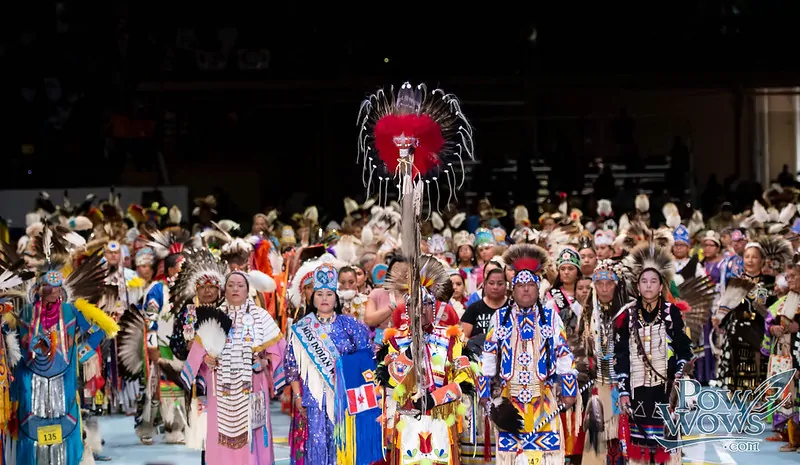
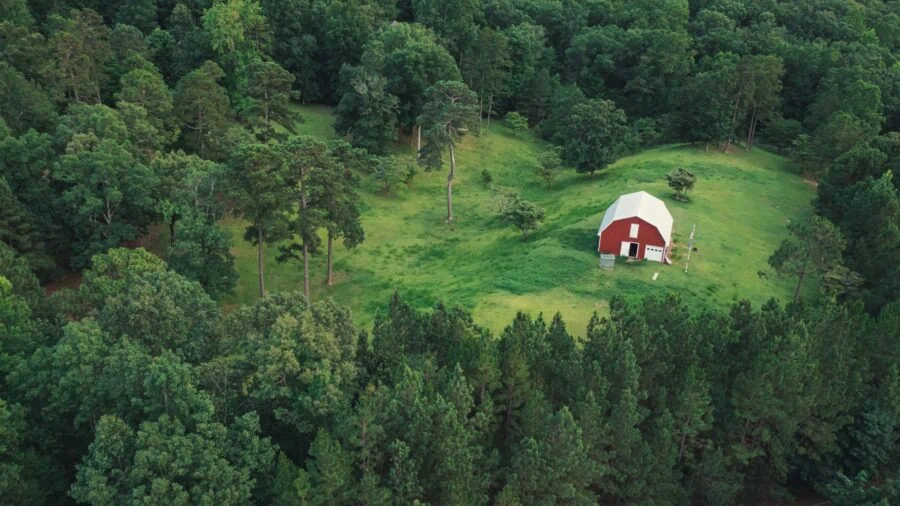
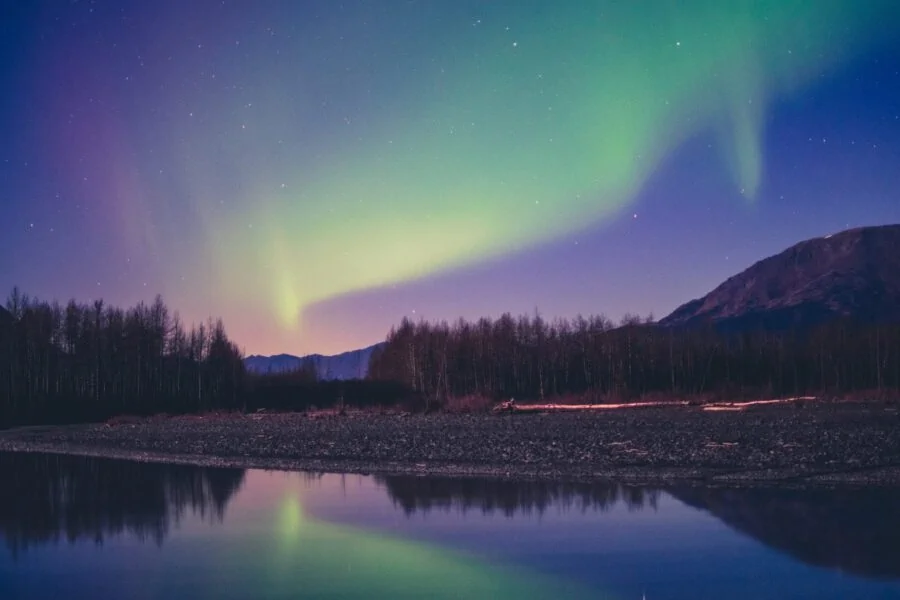
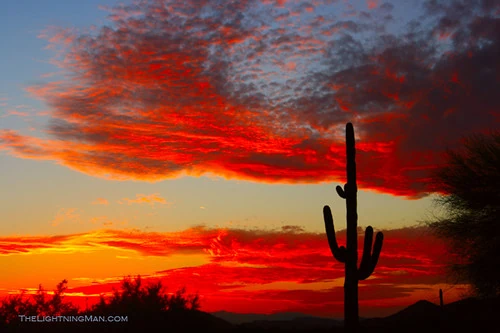
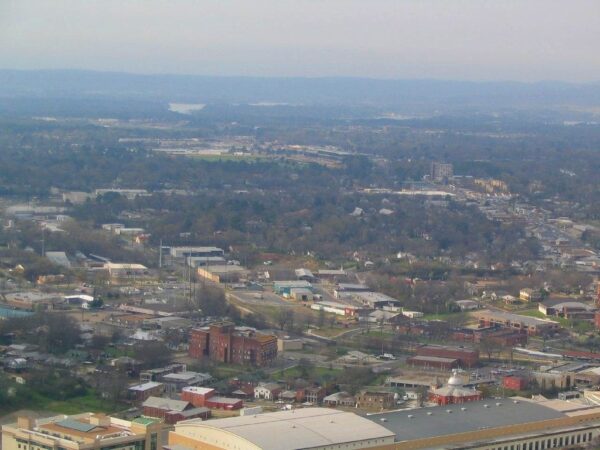
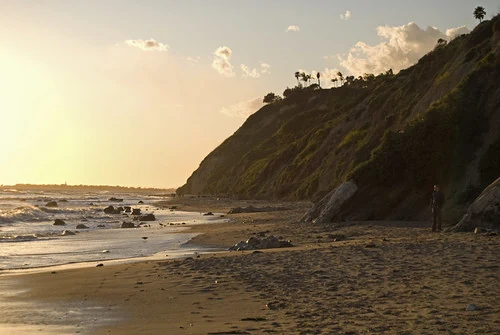
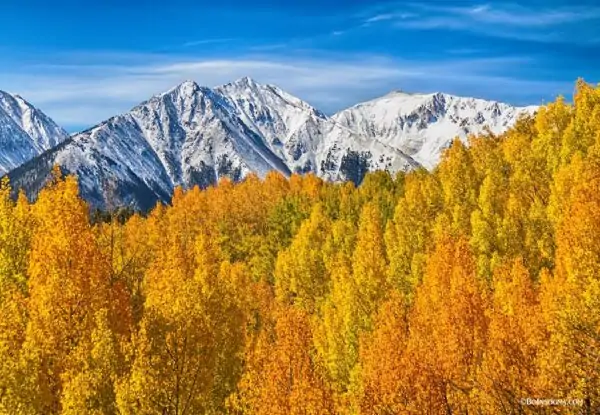
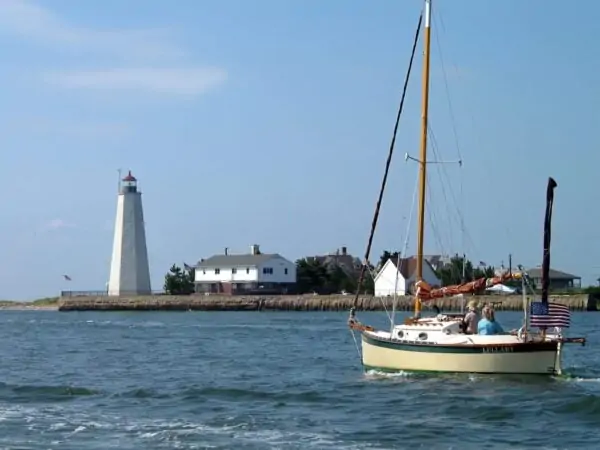
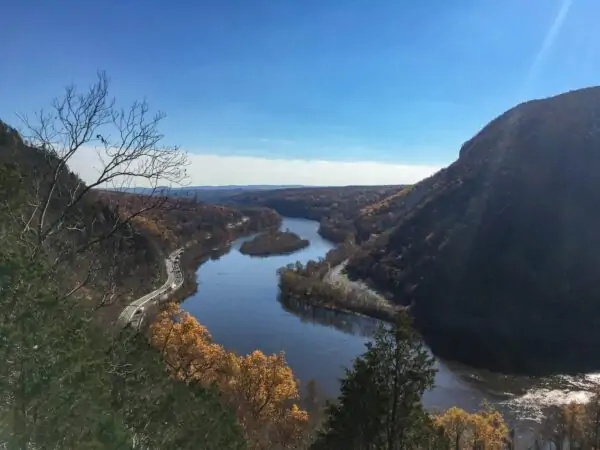
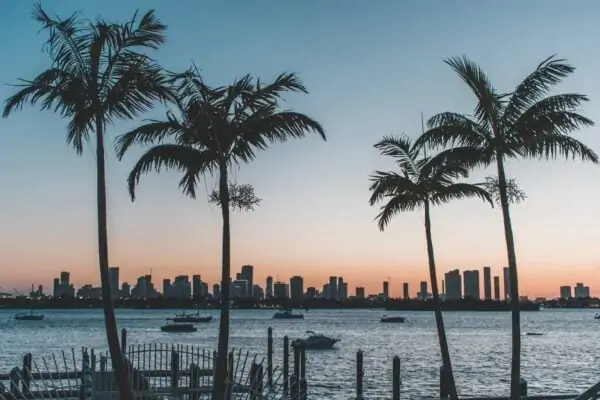
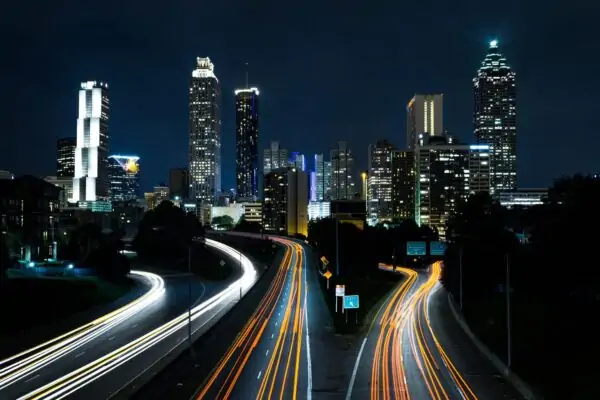
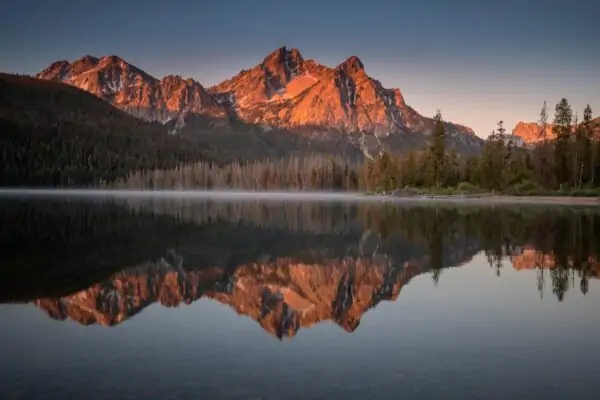
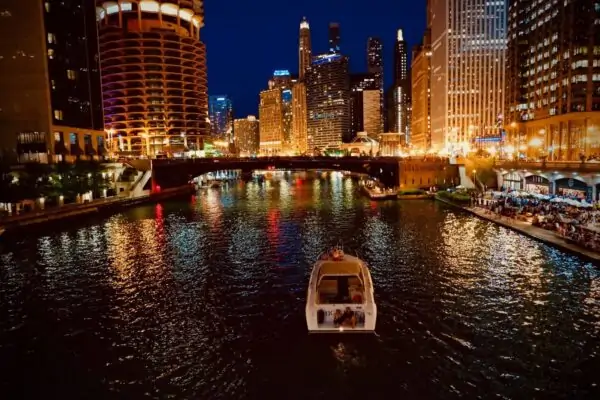
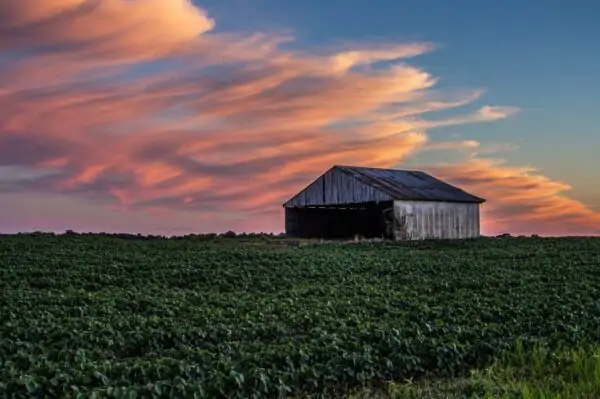
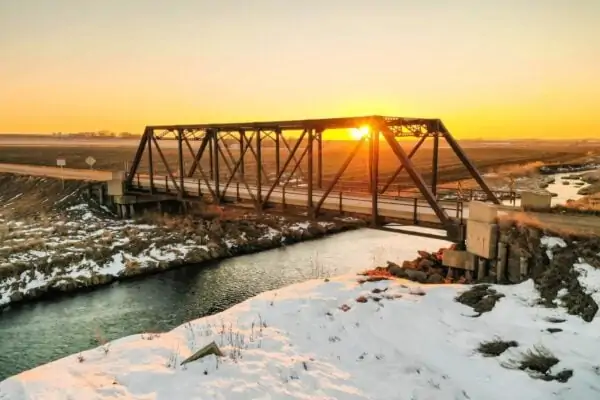
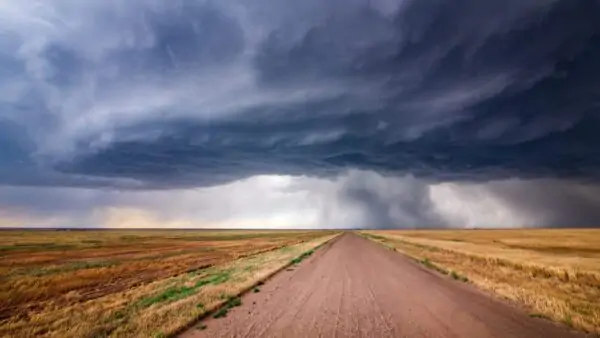
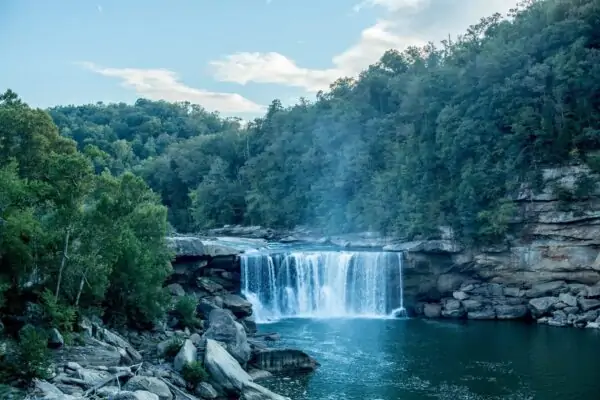
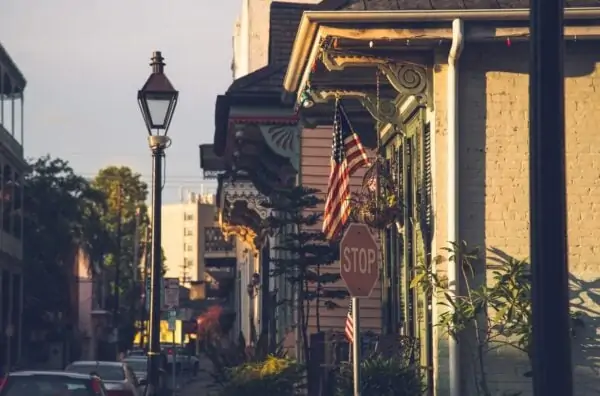
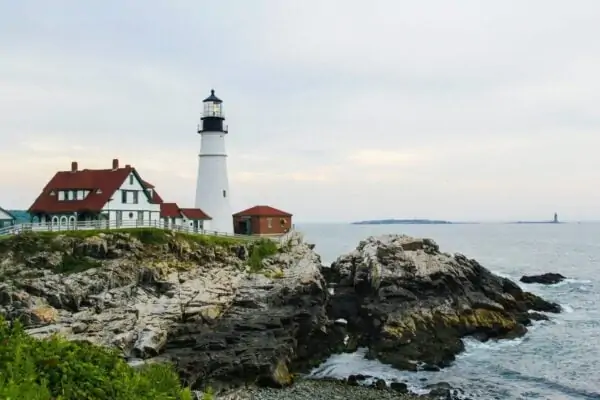
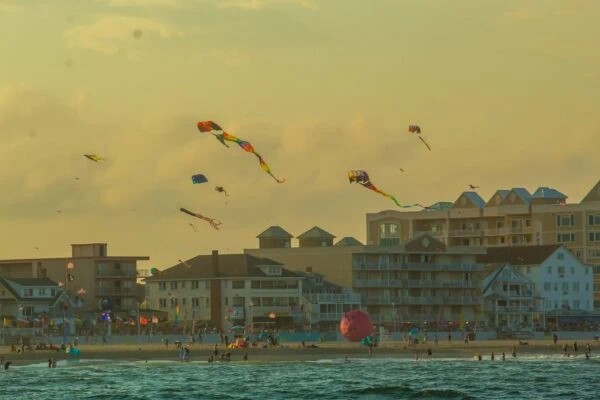
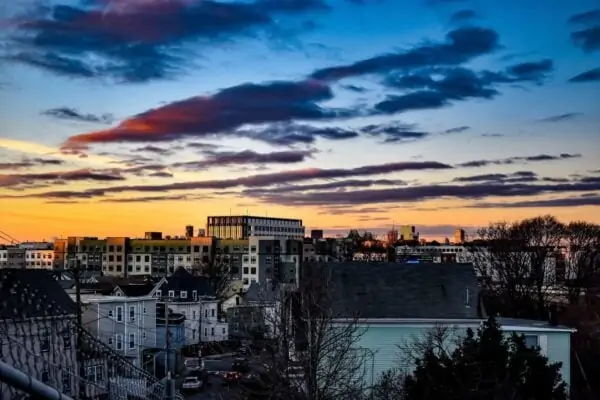
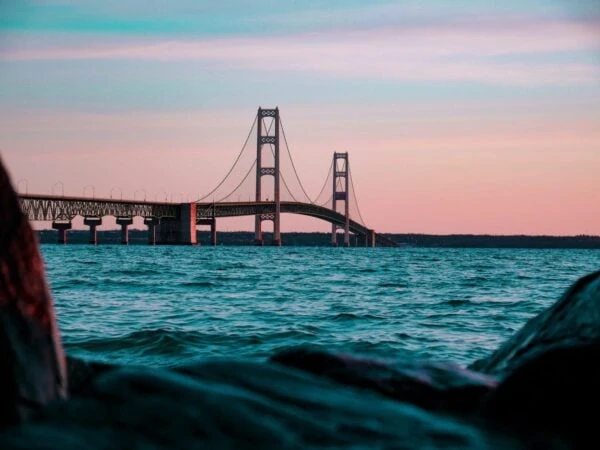

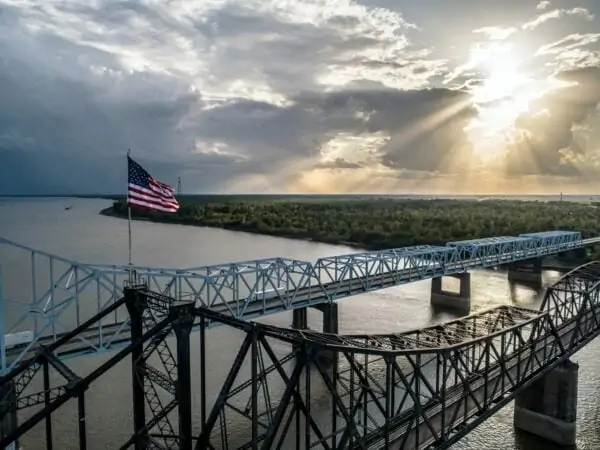
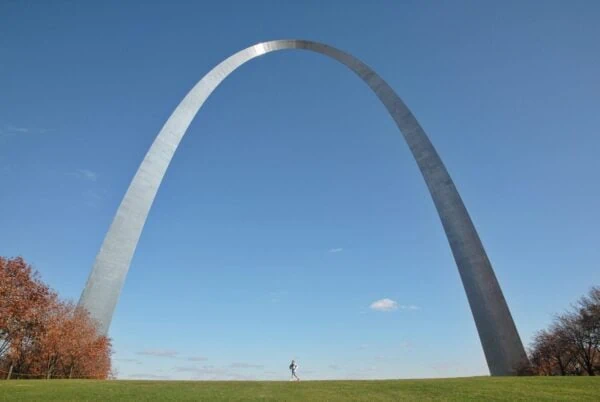
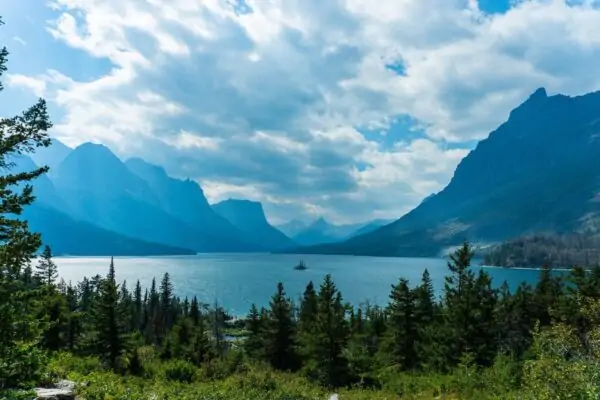
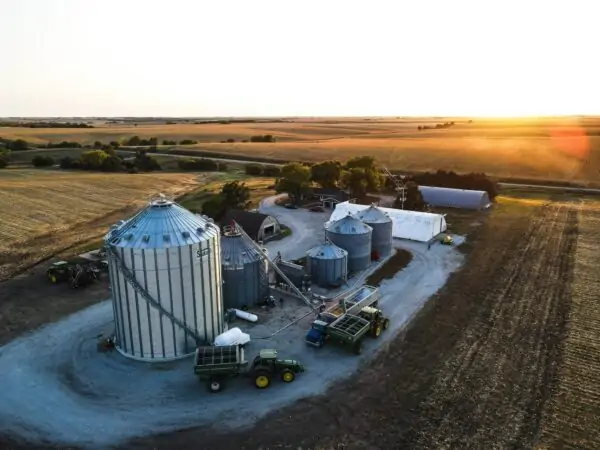
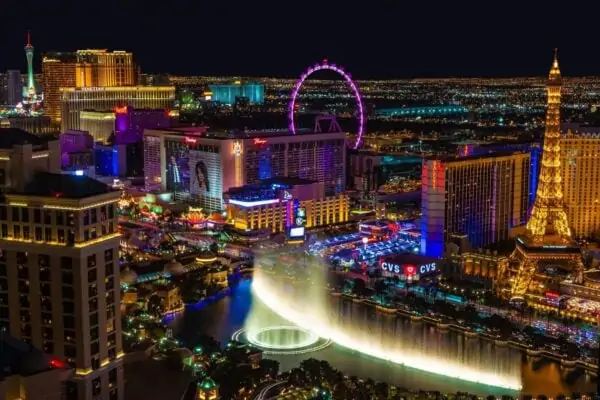
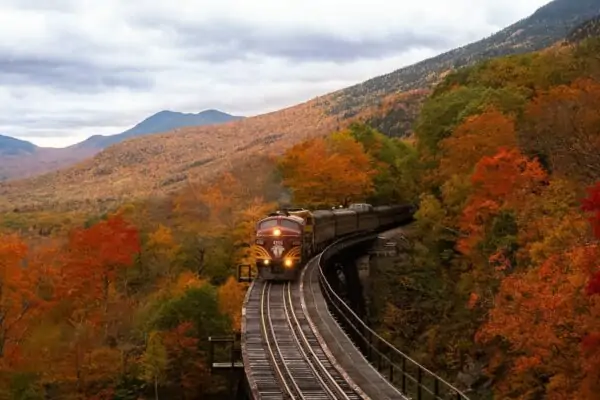
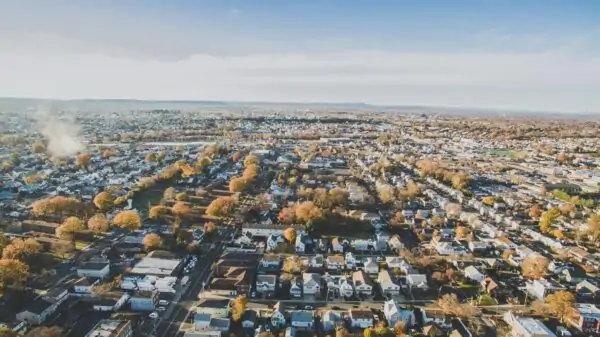
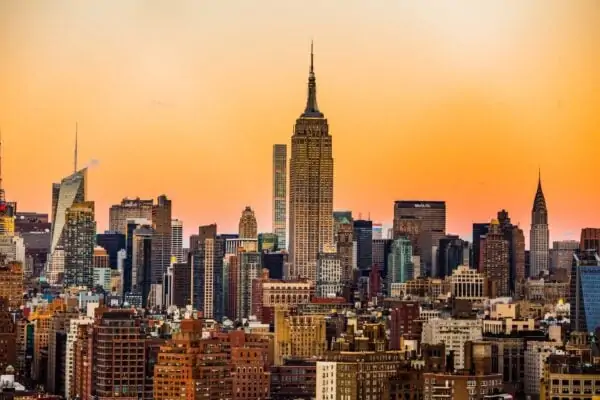
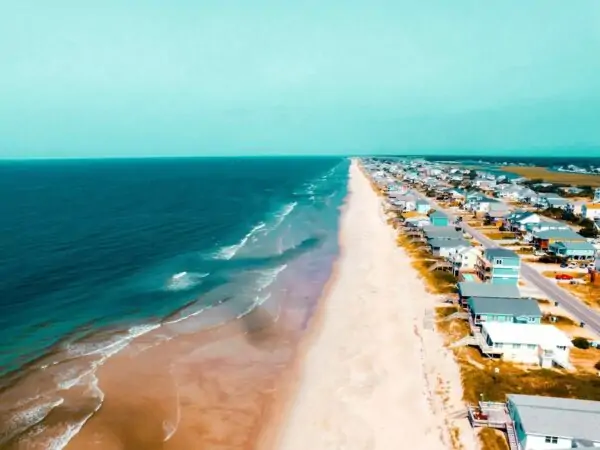
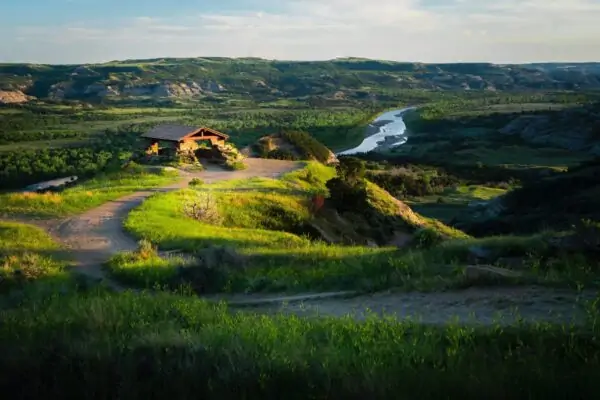
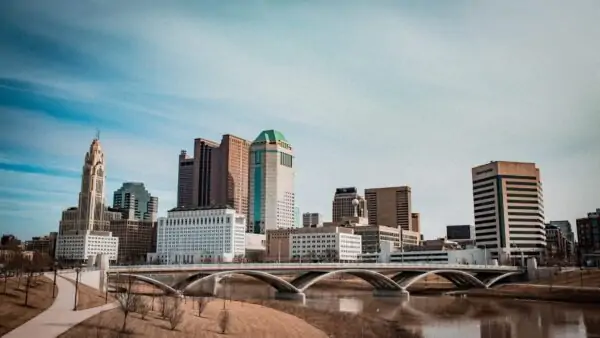
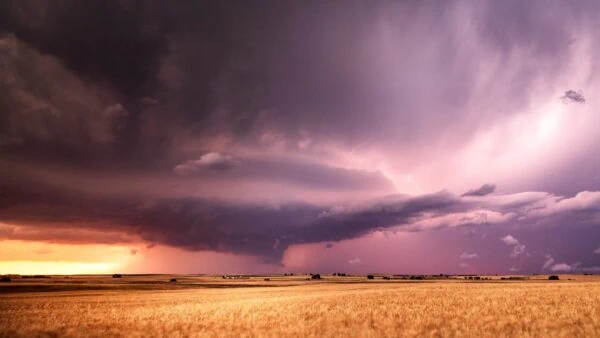
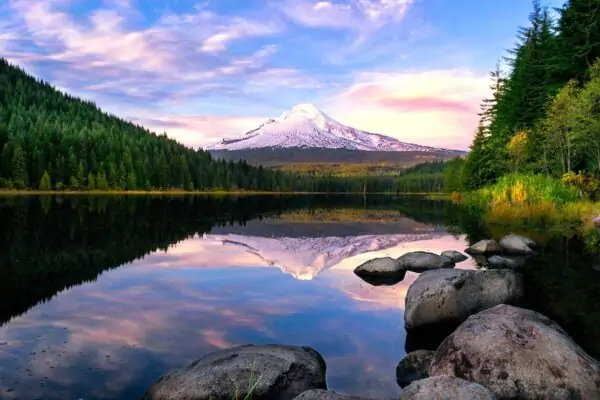
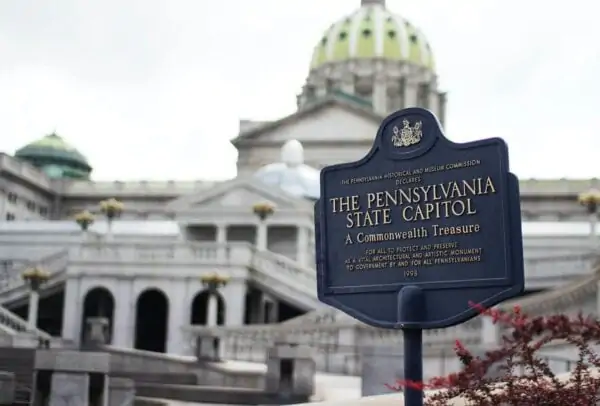
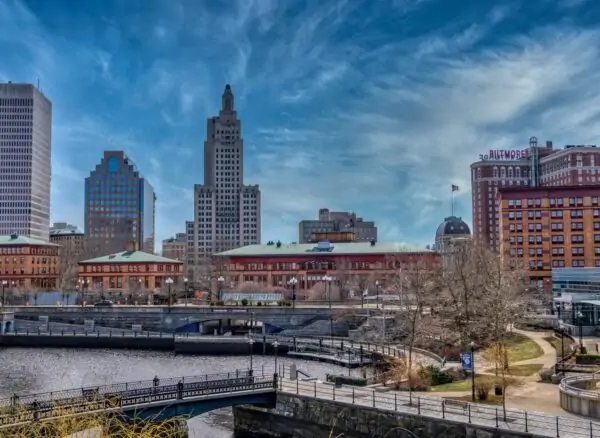
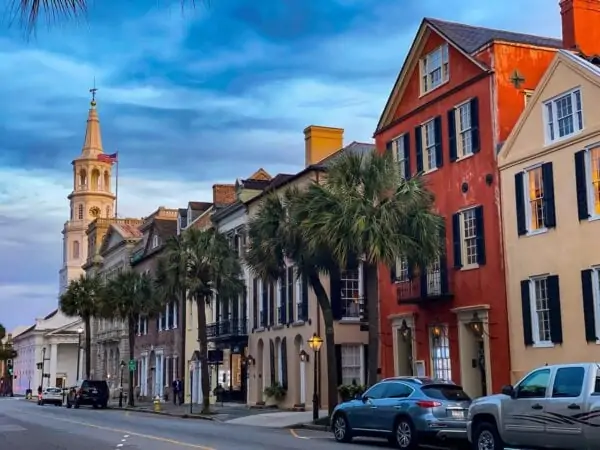
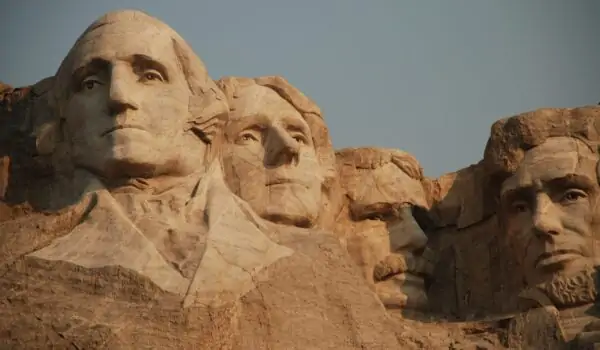
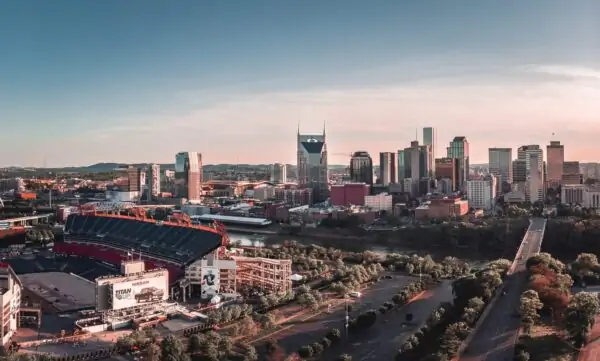
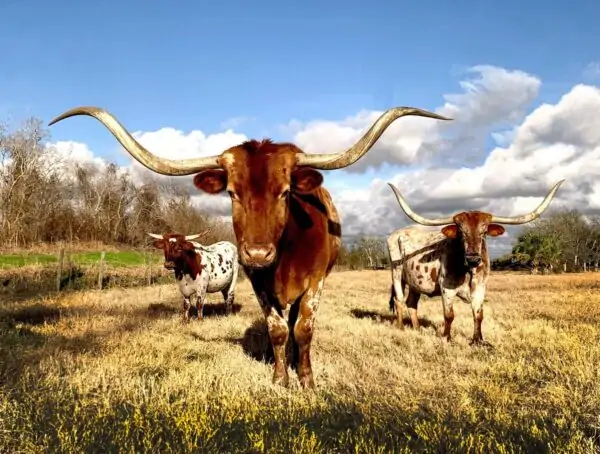
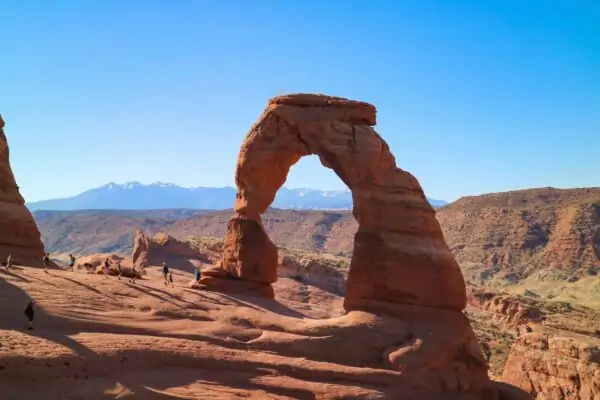
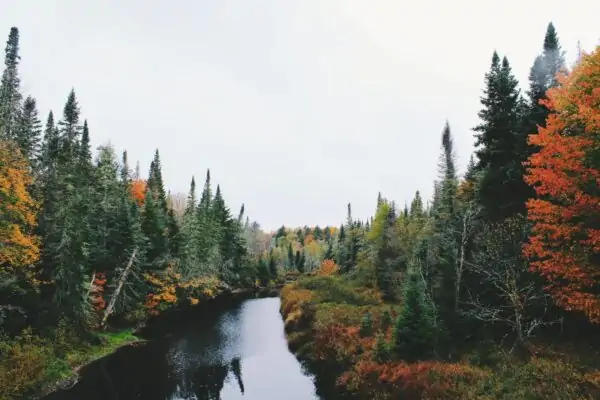
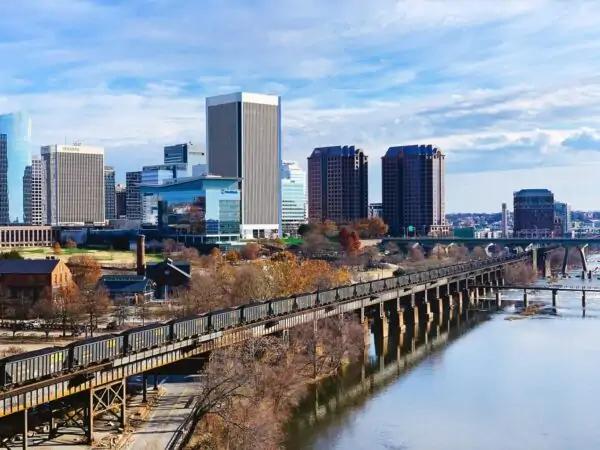
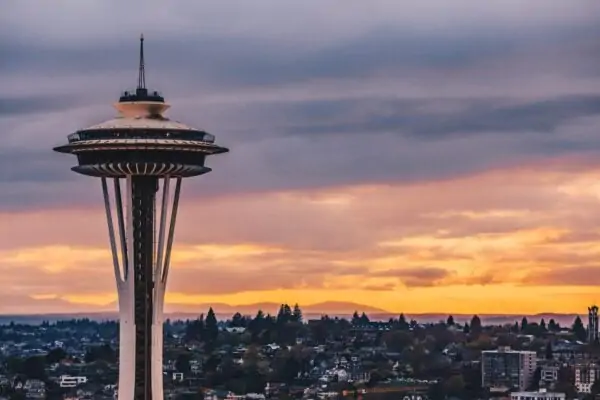
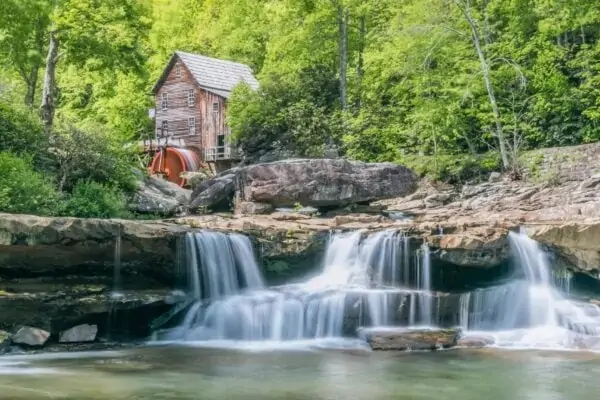
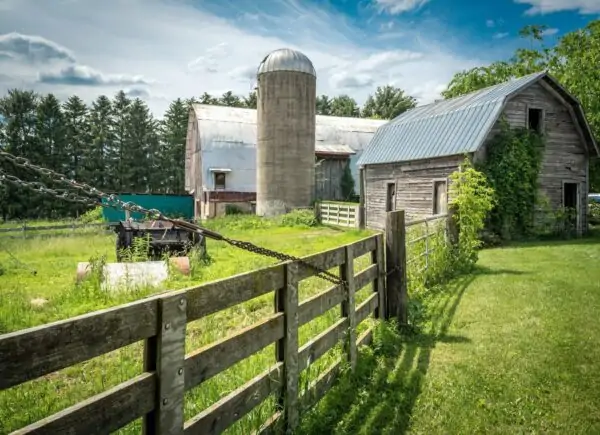
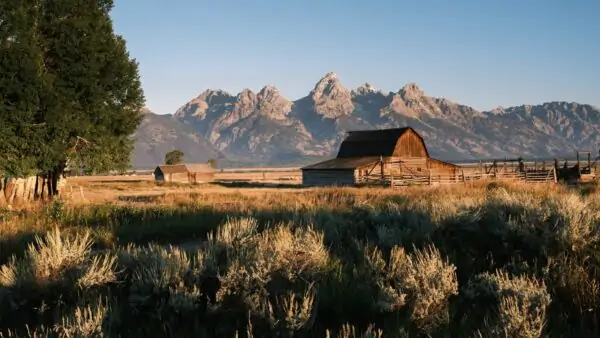
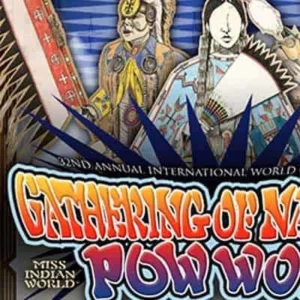

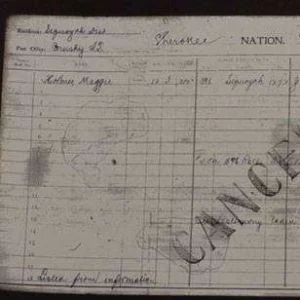
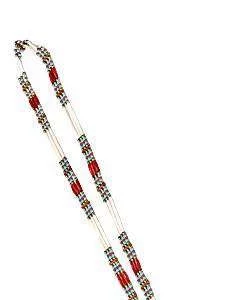
Linda Armendariz
says:Where do the remaining Yaqui live and how many are left in $the U. S.?
Marianne Meyer
says:So, I am curious as to why the Eastern Band of the Cherokees in North Carolina is not mentioned while the Lumbees are. The Cherokees are a well organized, highly functional group which I believe is federally recognized. I believe that the Lumbees are interested in being federally recognized in addition to their state recognition.
Melanie J Mayfield
says:I thought the Yurok tribe was the largest in California, with approximately 6,000 persons, indigenous to Del Norte and Humboldt Counties on the Northern Coast. Interesting..
KC Holland
says:This is excellent to see, and particularly because I had no idea there were so many Cherokee in California. Myself, from Georgia, with great grandmother Cherokee. Of course, not schooled in the ways in the 50s, but absolutely spiritually always guided by the spirit of the blood vibrating through the DNA. Blessed be to the remergence of the spirit of all as right relationship is brought back to earth through native wisdom.
Sally
says:It would be interesting to see the percentages of Native blood that are counted here. Some tribes require very little and others require 25%.
Kelly
says:I find this so narrow minded , as the different tribes have no borders . The Haida would move as far as Peru taking Slaves , trading. This is a small picture in areas we traveled . Maybe make your picture a little larger , showing the true lands of our people
Sandi Fioti
says:I found this so interesting. I live in Idaho and thought the Shoshone was the largest tribe. I do get infuriated to see the different tribes who aren’t federally recognized. Good Lord, they were here long before federal government. I lived in Arizona for years and there were some tribes I had never heard of. My husband worked with a member of the Popago. He was a wonderful man. So kind and a great sense of humor. Anyway thank you for the article. I enjoyed reading and learning.
Gary Overstreet
says:Hard to believe the Cherokees are the biggest tribe in several states.How many meet the criteria to be federally recognized? You can have almost no Indian Blood and still be Cherokee.With them it’s all about numbers. Oh,did I mention my Great,Great, Great, Great, Grandmother might have been 1/64 Cherokee? Maybe I should be counted for California!
Sherrie B. Ware-Lopez
says:Gary Overstreet, my Cherokee ancestors came from Alabama & Tennessee. I am a member of a Alabama State Recognized tribe. I have spent my life back & forth between Tx. & Ok. because some of them eventually made their way to Ok. & Tx.
I grew up with my Cherokee great – grandmother telling me the stories of our people. I was lucky enough to have her till after I was grown & married. My children & I have always gone to Powwows & made Native crafts. We have always been welcomed by the Cherokee of Ok. & Texas, as well as other tribes – even though I was green eyed & blonde. And I have always been told: “Just one drop of Cherokee blood makes you Cherokee.” I get no government help, no free medical, etc. But that doesn’t stop me from being proud of my Ancestors.